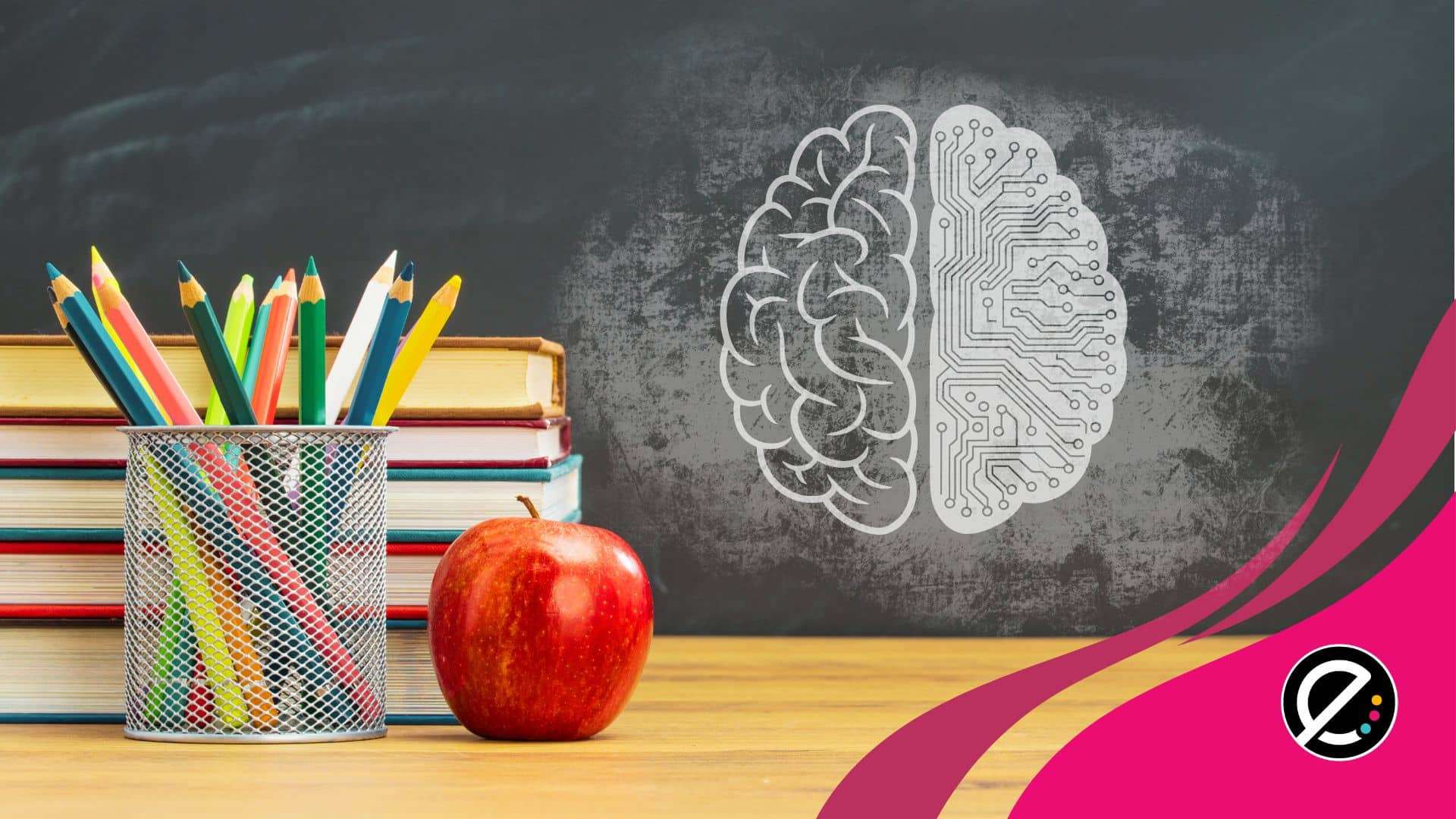Quelque 640 enseignants provenant de 250 écoles sur le territoire québécois participeront au Projet particulier d’accompagnement (PPA) pour l’usage pédagogique de la programmation informatique dans le cadre d’un programme mis en place par le ministère de l’Éducation du Québec. Celui-ci permettra ainsi à plus de 12 000 élèves d’être aussi initiés à la programmation.
Organisme à but non lucratif fondé en 2017, eSTIMe est le prestataire de services retenu par le ministère de l’Éducation du Québec pour déployer un programme d’accompagnement en soutien à l’enseignement de la programmation informatique dans les écoles. L’organisation, dirigée par Christine Jost, offrait déjà de l’accompagnement dans les établissements scolaires en ce sens.
L’intention derrière le projet est de parfaire la compréhension des enseignants en leur permettant de comprendre que la programmation informatique est tout simplement une nouvelle forme de langage à apprendre. Conséquemment, ce langage apprend à l’élève à communiquer, créer et résoudre des problèmes avec un ordinateur ou un robot. Christine Jost, autrefois directrice d’une école primaire de la région de Montréal, en est convaincue : « savoir programmer, c’est la base à la fois d’une pensée scientifique et d’une pensée numérique ».
Les enseignants participants au PPA proviennent de quelque 25 centres de services scolaires différents. En 10 semaines, chacun aura l’opportunité de participer à cinq activités de 90 minutes avec sa classe et d’acquérir des notions en lien avec la programmation. Le RÉCIT collabore avec eSTIMe dans la réalisation des activités.
Parler à un robot
Pour comprendre comment fonctionne un robot, pour être en mesure de l’utiliser à son plein potentiel, il faut apprendre à lui parler. La directrice d’eSTIMe est d’avis que les enseignants doivent d’abord se familiariser avec les apprentissages possibles pour les élèves, qui sont dans toutes les disciplines. Ils peuvent alors faire des liens avec le développement des compétences et le Programme de formation de l’école québécoise (PFEQ).
Christine Jost donne l’exemple de l’écriture d’un récit. Afin que celui-ci soit cohérent, il doit respecter certaines séquences comme présenter les personnages, situer l’action dans un temps ou un lieu donné, etc. Programmer, c’est la même chose. Elle trace un parallèle entre les processus cognitifs d’écrire et la programmation. Il y a des séquences à respecter.
Par ailleurs, l’ex-directrice d’école précise que l’apprentissage de la programmation développe auprès des enfants toutes les dimensions de la compétence numérique, notamment la résolution de problèmes, la collaboration, les habiletés technologiques, la production de contenu, l’innovation et la créativité.
Tous peuvent programmer
Selon Mme Jost, à peine 15 % de la population âgée de 15 et 24 ans sait programmer. « Si on ne veut pas créer une société d’analphabètes en matière de programmation numérique, il faut développer chez l’enfant le goût de la pensée scientifique. » Et ce développement est bon pour tous. Chez les filles en particulier, les enfants en milieu défavorisé ainsi que les jeunes atteints d’un trouble du spectre de l’autisme (TSA), estime Christine Jost.
Le PPA a pris son envol en 2021 avec une première cohorte d’enseignants. L’expérience vécue semble être concluante selon certains chiffres dévoilés lors d’un sondage mené auprès des participants. En effet, selon Mme Jost, 91 % de ceux-ci se sont dit sont satisfaits ou très satisfaits de la clarté des défis, alors que 85 % des enseignants considèrent avoir compris les concepts de programmation et que 96 % ont trouvé leurs élèves engagés durant les animations.
Les centres de services scolaires participants ont déjà été choisis pour 2022. Dans ces CSS, les intéressés peuvent manifester leur désir de prendre part au PPA.
En complément :
Procurez-vous le numéro du printemps 2022 du magazine École branchée : La programmation informatique – Comment développer cette habileté?
Dimension(s) de la compétence numérique en lien avec cet article
2- Développer et mobiliser ses habiletés technologiques
9 – Adopter une perspective de développement personnel et professionnel avec le numérique dans une posture d’autonomisation
Voir le Cadre de référence.







